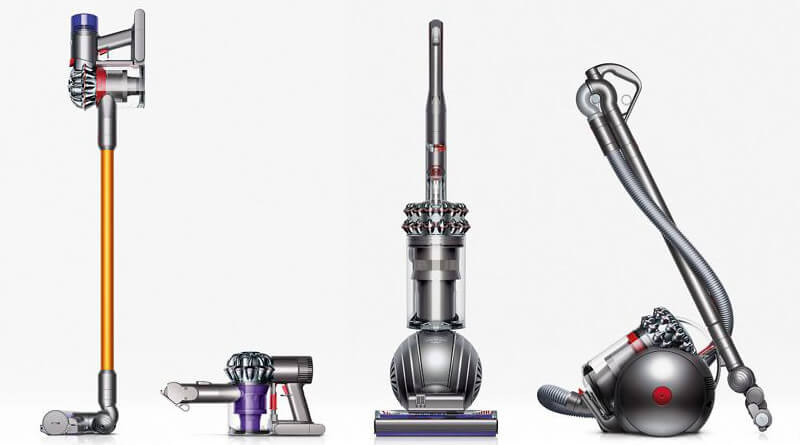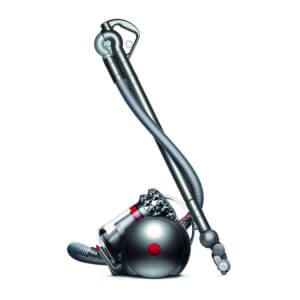It’s that time of the year again where top home and fashion magazines are making predictions for which colors and styles are going to be the “hot new thing” for 2018.
And whilst we at Home Flooring Pros would advise against homeowners going all out and investing tons of money in some potentially short-lived trend, there are always some recurrent themes that pick up on the zeitgeist of the time. These are the trends that are worth considering as they are more likely to hold their value in the fullness of time.
Here are the 2018 flooring trends we expect to see next year and that we’d recommend you consider for your next flooring project…
We are seeing three overarching themes in the home décor arena for 2018: exploring the possibilities of innovative technologies, celebrating alternative and organic materials, and looking to make more personalized and unique designs.
Eco-Friendly Marmoleum and Cork
In flooring this will translate into a resurgence of eco-friendly, organic materials such as marmoleum, linoleum and cork . Often considered as more of a commercial flooring material, marmoleum and linoleum have seen a resurgence in the residential market as manufacturers exploit the desire for clean, minimalist décor with new patterns and styles that don’t immediately remind you of a hospital or school corridor!
Source: studio853.ca
This mottled marmoleum pattern cleverly mimics the soft veining of limestone tiles.
Source: www.tierneyconner.com
A very on-trend combination of marmoleum and cork penny mosaics, finished with dark grout to match.
Meanwhile cork is being re-imagined too – away from the orangey/tan blotchy, square tiles from 70s hippy-dom to striated patterns that add texture to contemporary design; pretty penny mosaics boldly detailed with solid grout; and whitewashed corks that are ideal for adding softness underfoot without cluttering the visual field.
Source: www.kcsdesignservices.com
The striated pattern on this cork flooring adds texture to this modern interior.
Source: www.grapevinedesigns.ca
White cork flooring is the perfect compliment for this light and airy teen’s room.
Smart and Stylish Terrazzo
Terrazzo tile is also starting to see renewed interest as it offers a clever mix of natural and contemporary materials. Of course this composite flooring material has been with us for centuries – even the ancient Egyptians used it – but it is now having a moment in stylish interiors everywhere with the development of epoxy terrazzo which allows it to be produced in a large selection of colors and make it less prone to cracking.
Source: www.pulltabdesign.com
The textured pattern of this fine grain terrazzo is a good counter to the busy foliage patterned wallpaper.
Source: www.dynanconstruction.com
Terrazzo flooring in this modern living room gives the clean and slick look of concrete, but with an added level of texture.
In some ways terrazzo is taking the place of cement flooring . This is in part due to the fact that the chips of aggregate mixed into the binding material give the floor an attractive dimension of texture – almost like a smooth, polished carpet. Plus, you can create truly customized flooring as a number of interesting materials can be added into the mixture such as mother of pearl, abalone shell, glass, marble and even metal.
Source: windowsdoorsmelbourne.com.au
Larger chips of aggregate are used in this terrazzo flooring to create a bold look.
Source: www.premierhomestaging.net
Red toned terrazzo blends into this contemporary, red bathroom.
Hardwood gets Personal
Trends in hardwood flooring remain fairly constant, and for a long time know have seen a general move towards using wide planks that are reminiscent of reclaimed, antique hardwood planks. In 2018 this trend for wider planks will continue, as we look towards creating spaces that blend rustic and contemporary elements, a logical expression of mixing the organic with the technological.
Source: dinesen.com
The extra wide planks here give this space a balanced, harmonious feel – perfect for a workspace.
Source: hamiltonking.com
Extra wide planks and exposed bricks add a touch of rustic chic to this slick, modern kitchen.
As well as wide planks, we are likely to see more designers using planks with different widths to give a less uniform, more individual feel. Again it’s this nod to the idea of rustic and antique – without necessarily having to search out actually reclaimed hardwood planks . Matching rustic-style planks with a matt finish is the ideal.
Source: www.armstrongflooring.com
An all out country cozy décor here, with rustic random width planks finished with a warm, chocolate, matt stain.
Source: janekimdesign.com
Vintage meets industrial and a touch of glam in this loft bathroom – nicely finished with different width planks.
Get inspired with with our Hardwood Floor Colors guide – design ideas and trends.
Vibrant Rugs – Front and Center
Finally, carpets and rugs are already seeing a resurgence in popularity, and for 2018 this will become even more the case as they offer homemakers the chance to really showcase strong design statements – especially in vibrant colors or bold patterns. Key color trends for 2018 are bright yellow, lime green, cherry tomato red, sky blue, bright purple and fuchsia. There will also be an emphasis on handmade rugs that are truly one-of-a-kind.
Source: www.manhattanrugs.com
This overdyed oriental rugs ticks all the boxes: hand knotted, hand dyed and a gorgeously dramatic shade of fuchsia.
Source: www.meltondesignbuild.com
This bold geometric rug definitely adds the wow factor to this otherwise plain kitchen.
Choosing rugs with added texture inherent in its structure will also be popular – especially in simple, unfussy, modern interiors. Whilst opting for unique, hand-braided rugs speak to that desire to give your home interior the personalized touch.
Source: www.wayfair.com
No two exactly the same: a braided rug like this one adds handmade charm.
Source: www.loloirugs.com
The subtle pattern woven into this deep blue rug is exactly what this unfussy interior needs to bring the look together.
The article or page: Home Flooring Trends 2018 – The Home Flooring Pros Guide first appeared on the Home Flooring Pros website. Please update your links and bookmarks accordingly.
Originally posted as http://customorderflooring.com/post/167975506081 on www.customorderflooring.com

 Best Dyson Vacuum Cleaner Overall: Dyson Cinetic Big Ball Animal Canister Vacuum
Best Dyson Vacuum Cleaner Overall: Dyson Cinetic Big Ball Animal Canister Vacuum Best Cordless Dyson: Dyson V8 Absolute
Best Cordless Dyson: Dyson V8 Absolute Best Upright Dyson: Dyson Ball Multi Floor 2 Upright
Best Upright Dyson: Dyson Ball Multi Floor 2 Upright
 Best Dyson for Allergy
Best Dyson for Allergy Best Dyson for Wood Floors: Dyson V6 Fluffy Pro
Best Dyson for Wood Floors: Dyson V6 Fluffy Pro